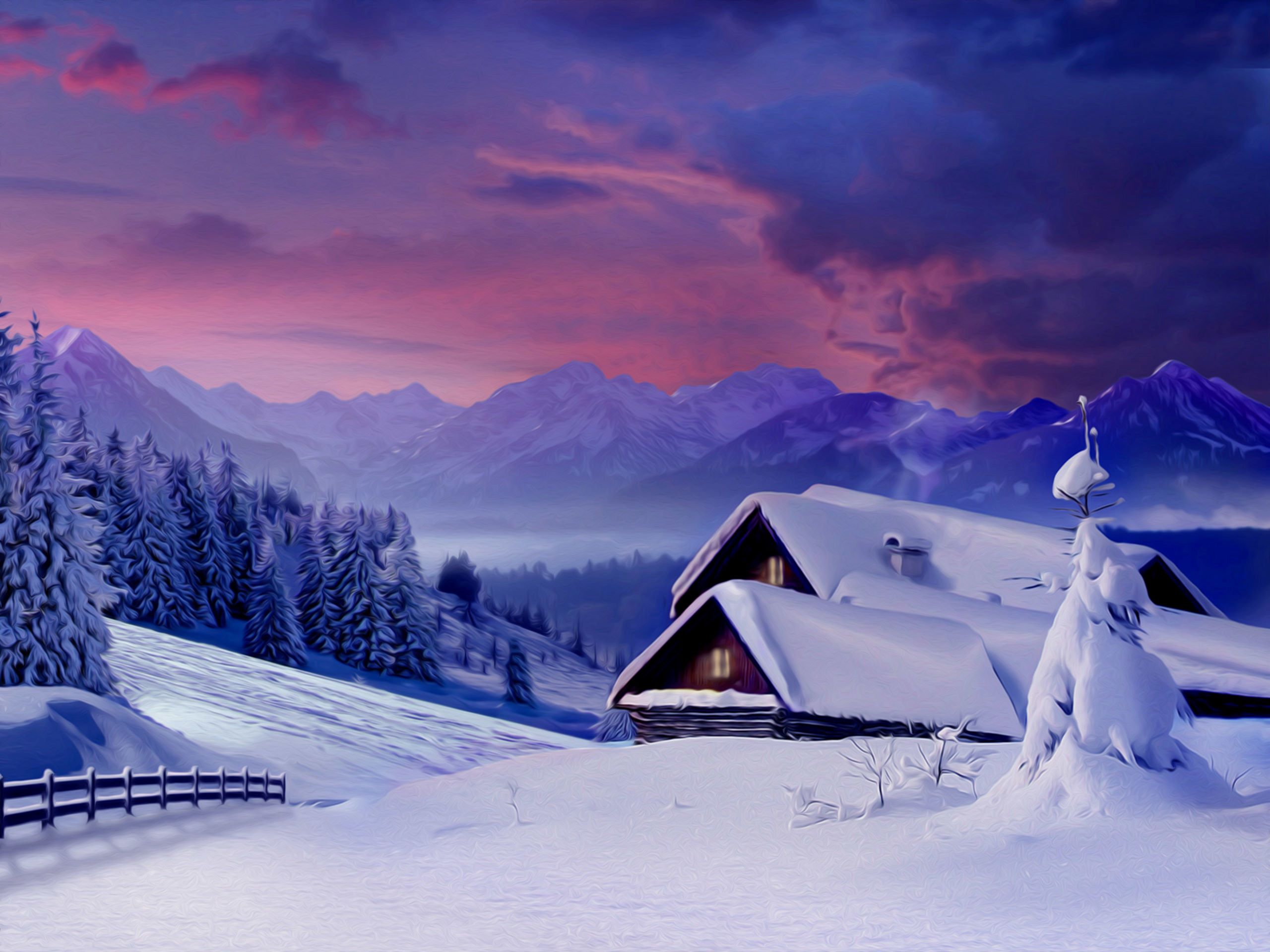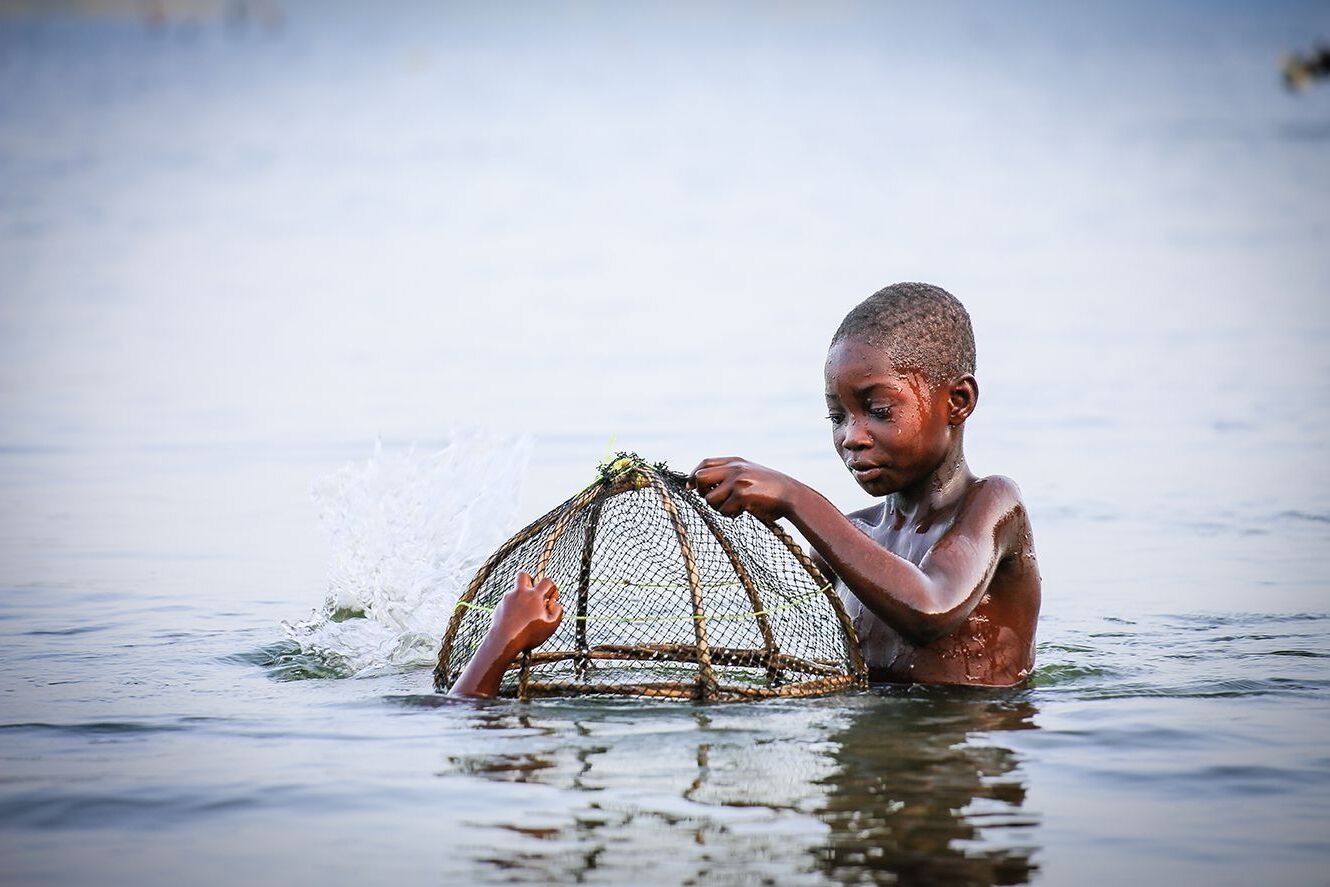
Winter is a magical season that brings a unique charm and beauty to the world. As the temperatures drop and snow blankets the landscape, there is a sense of tranquility and awe that envelops everything in its path. Beyond its picturesque allure, winter is also a season filled with fascinating facts and wonders. From the science behind snowflakes to the unique adaptations of animals, winter offers a multitude of intriguing discoveries. In this article, we will explore 14 captivating facts about winter that will deepen your appreciation for this enchanting season. So grab a cozy blanket, sip on a cup of hot cocoa, and delve into the fascinating world of winter!
Key Takeaways:
- Winter is a magical season filled with unique traditions, breathtaking landscapes, and fun outdoor activities like snowball fights and stargazing.
- Animals, people, and nature adapt to the cold, creating cozy traditions, delicious comfort foods, and opportunities for reflection and personal growth during winter.
Winter is the coldest season of the year.
With temperatures dropping significantly, winter brings chilly weather and often blankets the landscape with snow and ice.
Winter solstice marks the beginning of winter.
On the winter solstice, which usually falls on December 21st or 22nd in the Northern Hemisphere, the Earth is tilted farthest away from the sun, resulting in the shortest day and longest night of the year.
Snowflakes have unique shapes.
No two snowflakes are alike. Each snowflake is formed in intricate, delicate patterns as it falls through the atmosphere. The beauty of this natural phenomenon is truly remarkable.
Winter sports are popular during this season.
Winter offers opportunities for thrilling sports such as skiing, snowboarding, ice skating, and ice hockey. These activities attract enthusiasts from all around the world.
Animals adapt to survive the harsh winter conditions.
Many animals have developed unique adaptations to cope with the cold winter months. Some hibernate, while others grow thicker fur or migrate to warmer regions.
Winter is associated with cozy traditions.
During winter, people enjoy gathering around a warm fireplace, drinking hot cocoa, and snuggling under blankets. This season is often linked to feelings of comfort and relaxation.
Winter is a great time for stargazing.
The longer nights of winter provide excellent opportunities for stargazing. The crisp, clear skies offer breathtaking views of constellations, planets, and even meteor showers.
Winter air is typically drier.
During winter, the air tends to be less humid as water vapor freezes into tiny ice crystals. This can lead to dry skin and increased static electricity.
Winter festivals and celebrations occur around the world.
From Christmas and Hanukkah to Diwali and Chinese New Year, winter is a season filled with cultural and religious festivities, bringing joy and merriment to communities worldwide.
Winter is a time of reflection and introspection.
The quiet and stillness of winter often inspire contemplation and self-reflection. Many people use this time to set goals, make plans, and engage in personal growth.
Winter can affect mood and mental health.
Some individuals may experience Seasonal Affective Disorder (SAD) during winter due to reduced exposure to sunlight. It is important to practice self-care and seek support if needed.
Winter landscapes can be breathtakingly beautiful.
The serene and picturesque scenes created by snow-covered mountains, frozen lakes, and frost-laden trees make winter a photographer’s delight.
Winter is a time for delicious comfort foods.
From hearty stews and soups to warm baked goods and hot beverages, winter offers a range of comforting and flavorful culinary delights.
Winter provides opportunities for unique outdoor activities.
Building snowmen, having snowball fights, and engaging in winter scavenger hunts are just some of the enjoyable outdoor activities that winter brings.
Conclusion
Winter is a fascinating season that brings with it a myriad of unique features and experiences. From its stunning snow-covered landscapes to its cozy indoor activities, there is something enchanting about the winter months. It is a time when nature takes on a new form, showcasing its resilience and beauty.During winter, animals adapt to survive the harsh conditions, and plants enter a dormant phase. The chilly air invigorates us, and the sight of our breath in the crisp winter morning reminds us of the wonder of the natural world. Winter sports such as skiing and ice skating provide thrilling opportunities for outdoor enthusiasts, while warming up by the fireplace with a cup of hot cocoa offers a comforting respite from the cold.Winter is also associated with festive holidays, bringing families and friends together to celebrate and create lasting memories. It is a season of warmth, love, and reflection, as we appreciate the beauty of nature and the importance of human connections.In conclusion, winter is a magical season that offers a unique blend of beauty, adventure, and togetherness. It is a time to embrace the wonders of nature and find joy in the simple pleasures that winter brings.
FAQs
1. What is winter?
Winter is one of the four seasons characterized by cold temperatures, shorter days, and longer nights. It is the season that follows autumn and precedes spring.
2. Why does winter occur?
Winter occurs because of the tilt of the Earth’s axis. During this season, the part of the Earth where you live is tilted away from the sun, resulting in colder temperatures.
3. What are some common activities during winter?
Common activities during winter include skiing, snowboarding, ice skating, building snowmen, drinking hot cocoa, and cozying up by the fireplace.
4. How do animals survive in winter?
Animals have various survival strategies for winter, including hibernation, migration, and growing thicker fur or feathers to keep warm.
5. What are some popular winter holidays?
Popular winter holidays include Christmas, Hanukkah, New Year’s Eve, and Valentine’s Day.
6. Is winter the same in all parts of the world?
No, winter varies depending on the geographic location. In some regions, winter can be mild with little snow, while in others, it can be harsh with heavy snowfall and freezing temperatures.
7. What are some benefits of winter?
Winter provides opportunities for winter sports, such as skiing and snowboarding, and offers a break from the scorching summer heat. It also fosters a sense of coziness and allows for quality time with loved ones.
8. Does winter have any impact on nature?
Yes, winter has a significant impact on nature. It affects the growth of plants, causes animals to change their behavior, and creates unique habitats for certain species.
9. How can I stay warm during winter?
To stay warm during winter, dress in layers, wear a hat and gloves, and use blankets or heaters indoors. It’s also important to stay hydrated and consume warm foods and beverages.
10. Are there any health concerns associated with winter?
Winter can increase the risk of cold-related illnesses, such as frostbite and hypothermia. It’s important to take precautions and ensure proper clothing and safety measures are in place when spending time outdoors in cold temperatures.
Was this page helpful?
Our commitment to delivering trustworthy and engaging content is at the heart of what we do. Each fact on our site is contributed by real users like you, bringing a wealth of diverse insights and information. To ensure the highest standards of accuracy and reliability, our dedicated editors meticulously review each submission. This process guarantees that the facts we share are not only fascinating but also credible. Trust in our commitment to quality and authenticity as you explore and learn with us.


